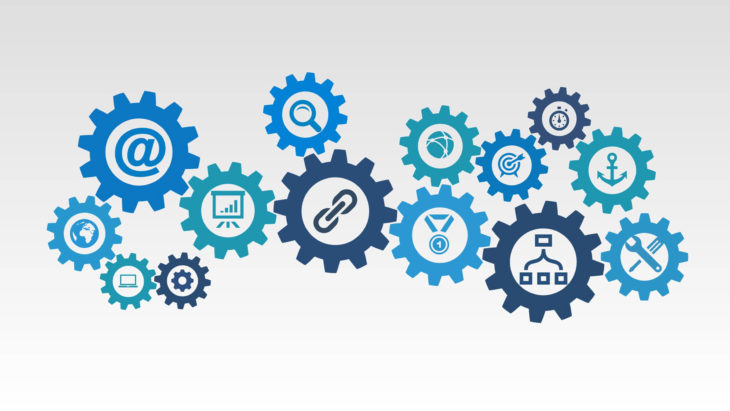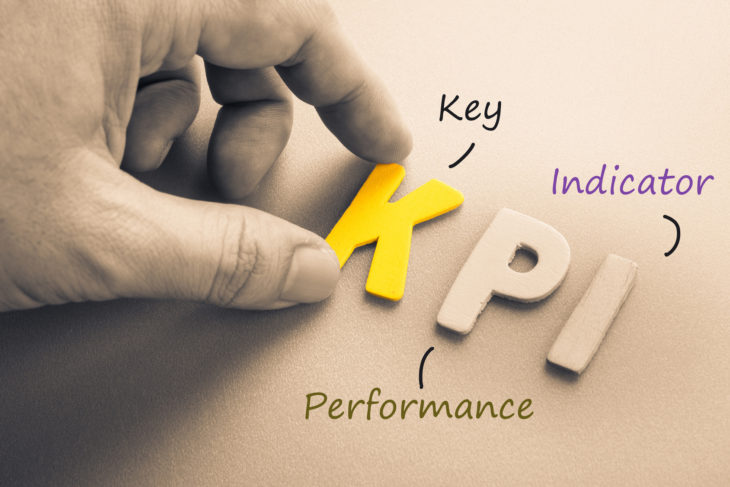KPI (Key Performance Indicators) – performance indicators of departments, employees or individual actions that help a company implement a promotion strategy. Tracking KPI allows you to evaluate the success of the performance marketing software actions taken.
Performance marketing platforms or E-commerce marketing platform such as omismedia are about efficiency (the ratio between the result and the resources expended), and performance (the degree to which specific goals are achieved).
Platform opportunities:
- Analysis of the effectiveness of advertising channels
- Evaluation of performance and degree of achievement
- Internet marketing strategy adjustment
- Forecasting budgets.

Source: Valtech
Benefits:
- Increase work efficiency – it’s easier for employees to prioritize
- Simplification of control – tracking key indicators allows finding bottlenecks and problem processes
- Growth of motivation – payment based on key indicators allows fairly promote the results of labor.
Not every indicator can be a KPI specifically for your project. To determine significance, be guided by the following principle: KPIs reflect the specific result and effectiveness of the efforts, which correspond to the strategic goals of the business. If you choose the wrong indicators, you risk losing the focus of attention and spend a lot of time on analytics and reporting that have very little effect on the result. KPIs are based on business indicators, which can be:
- Strategic – indicators of aggregated values, for example, company profitability, market share
- Analytical – allow assessing trends and comparing the indicators for the periods. These include sales, revenue, receivable accounts, etc.
- Operational – provide an opportunity to monitor key indicators in real-time, respond and prevent deviations from the standard. This includes analytical indicators focused on short terms: weekly sales, daily traffic on the site, the click-through rate of contextual advertising, etc.
KPI types:
- KPI performance – shows the ratio of cost and time with the result
- Cost – count the number of resources required
- The result – summarize what happened to achieve
- Processes – evaluate workflow efficiency
- Goals – demonstrate how the goal was achieved
- Project – reflect the impact of individual projects.

Source: Index Exchange
Internet marketing has several dozens of performance indicators, but this does not mean that you need to track them all. For different types of projects, you need to build your own KPI list.
We chose the most important and universal indicators – they can be divided into seven main sections:
- Traffic. From search, from advertisements, from social networks
- The percentage of failures. The number of visitors who refuse to interact with the site and went to competitors
- Conversion. The percentage of visitors who committed the target action: bought, left a request, sent the form
- The cost of attracting one lead or buyer
- Average check. The amount that your customer spends on average
- Return on investment. Indicator of profitability or loss-making advertising, real earnings
- Repeated visits. The number of people who returned to the site.
Bounce Rate is the percentage of visitors who refused to view the site. It is calculated as follows: the number of visitors who viewed only one page (or less than a certain time) is divided by the total number of visitors and multiplied by 100%.

Source: AllBusiness.com
TSS (Time Spent on Site) – the time spent on the site measured in minutes. Allows determining interest and involvement. PPV (Pages Per Visit) – the depth of viewing, the number of pages that a user viewed during one visit. These indicators can be viewed in Google Analytics. Also, pay attention to the “exit points” – where exactly the users are when they decide to leave the site. The percentage of abandoned baskets and forms on the site is important, as well as the stages at which the visitor decides to postpone the action. This analysis allows identifying barriers to buy/subscribe/fill out a feedback form.
